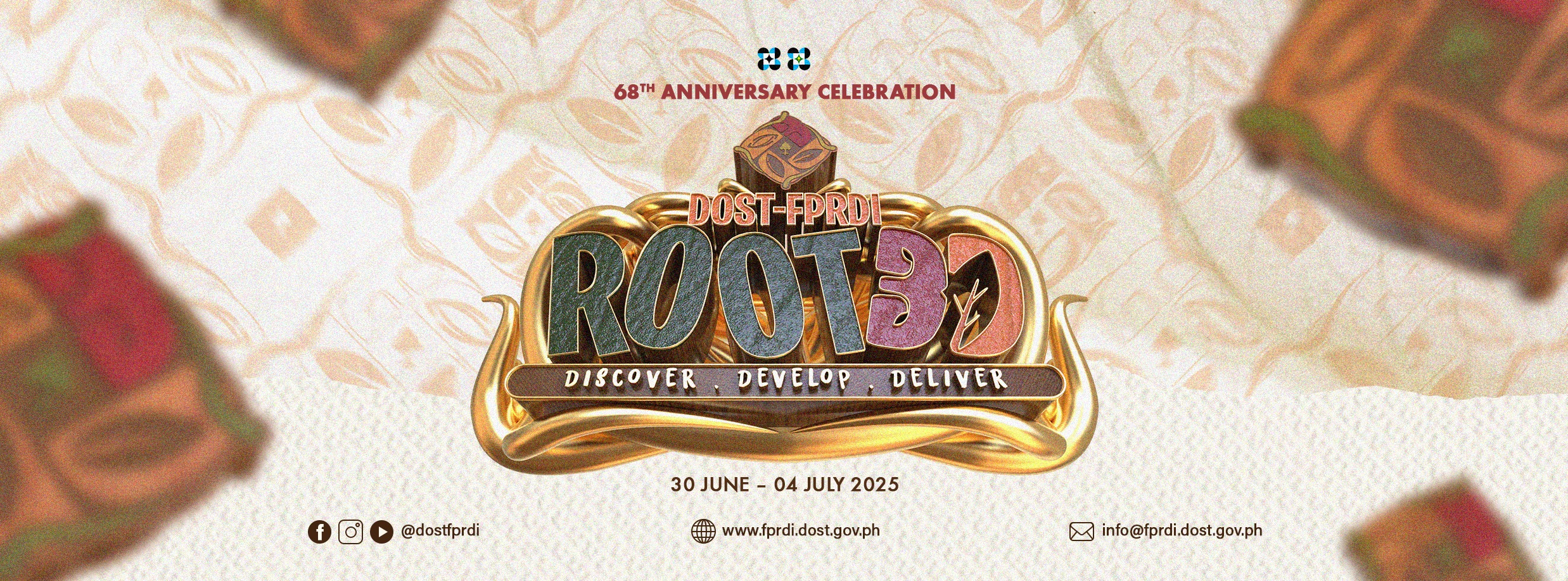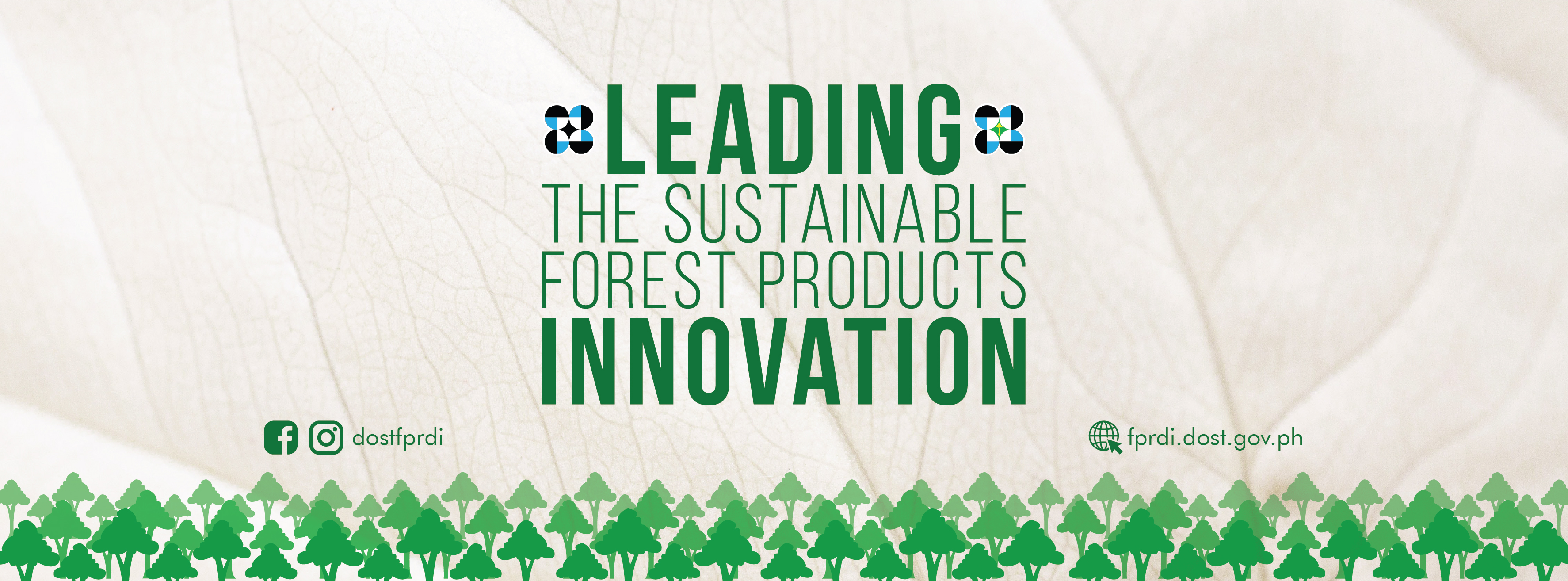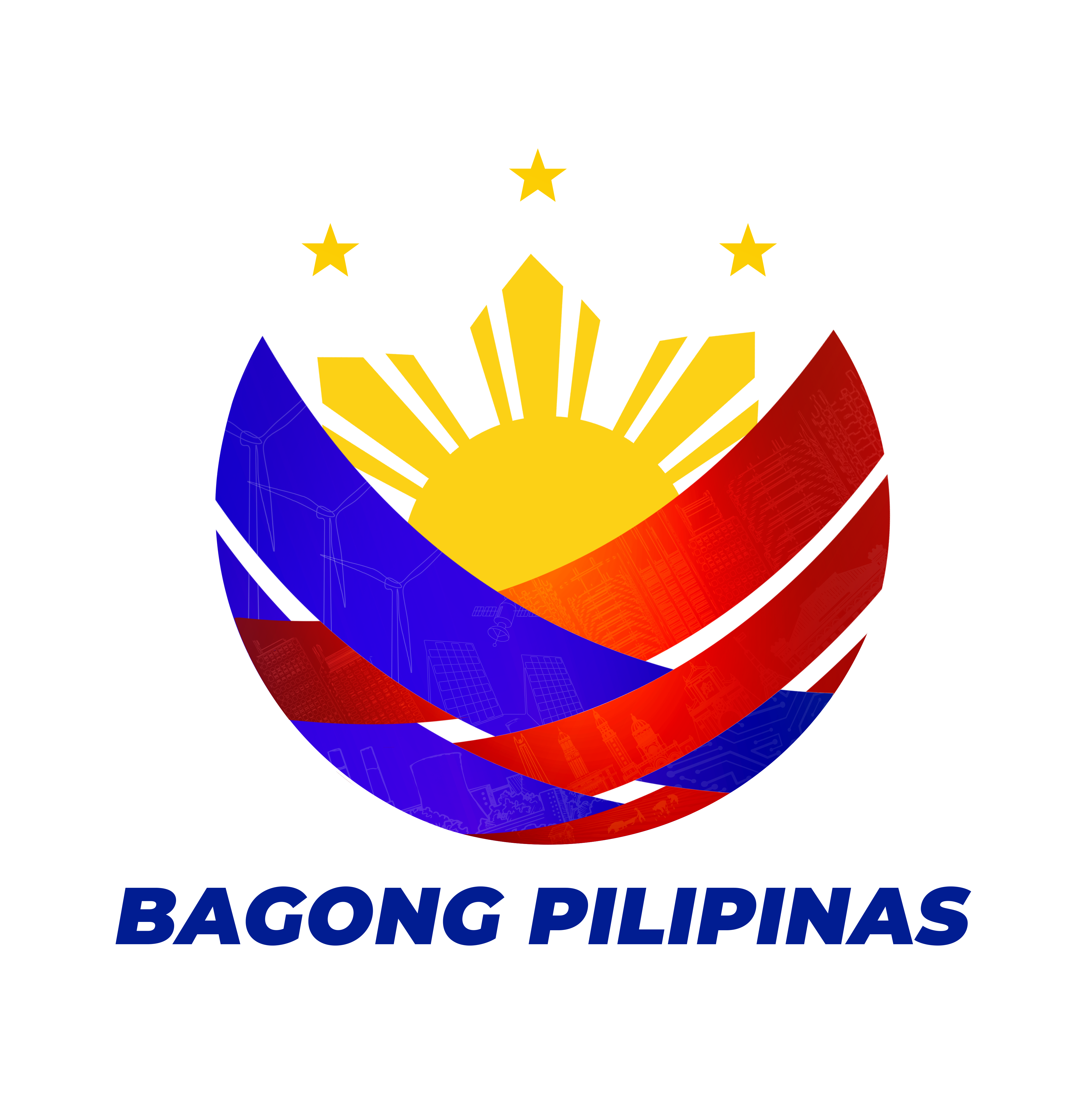FPRDI trains Smokey Mountain-based Coop on leaf skeletonizing
May 3, 2013
What used to be the country's biggest, most notorious landfill is now a spot where a handicraft-making group thrives.
Members of the Smokey Mountain-based group Sambayanan ng Muling Pagkabuhay Cooperative were recently trained by the Forest Products Research and Development Institute (FPRDI) on the new method of leaf skeletonizing. The training was held last 10 April 2013 and was facilitated by Mr. Cesar O. Austria and Ms. Teresita B. Cosico, Senior Science Research Specialist and Training Coordinator, respectively, at FPRDI’s Technical Services Division (TSD).
“The group makes and sells woven bags, boxes and fashion jewelry from recycled papers. Exploring ways to improve their products, they wanted to try skeletonized leaves as accents for their handicrafts,” said Cosico.
Leaf skeletonizing is the process of removing the pulpy part of the leaf, leaving only the very fine veins. Using the old practice, skeletonizing required burying the leaves in mud or soaking them in cold water for 3-5 weeks.
“With the FPRDI-modified process, skeletonizing has become faster and easier. One simply boils fresh leaves in caustic soda solution until the soft tissues are dissolved and only the skeletons remain. These are then bleached to remove their natural color and prepare them for dyeing,” explained Austria.
Eighteen participants, who are mostly mothers and students, were trained using some plant species abundant in their area: guyabano, bo tree and alibangbang.
“Skeletonized leaves are definitely promising raw materials for the Cooperative’s handicraft products. Abundant and renewable, these leaves possess distinct shapes, sizes, and textures that make them great accents to handicraft items,” concluded Austria. ### (Apple Jean C. Martin, 19 April 2013)











